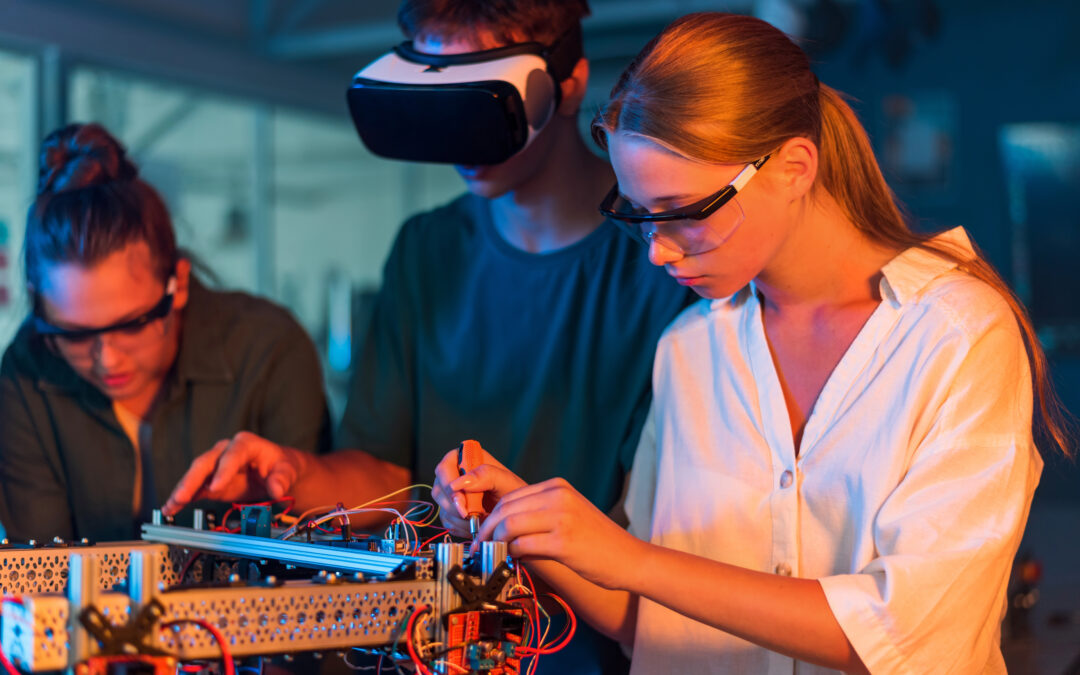Imagine you’re a young inventor with a wonderful idea. How can you turn that notion into something tangible and meaningful? Many youngsters have done just that, developing incredible innovations that address problems and transform people’s lives. Let’s embark on an amazing journey to see how these young innovators transformed their thoughts into masterpieces.
1. Identifying Problems and Seeing Opportunities
It all begins with identifying a problem. Young inventors have a penchant for noticing common problems and wondering, “How can I fix this?”
For example, a teenager may notice how difficult it is for elderly folks to use can openers and decide to create an easier one. Recognizing these potential is the first step towards innovation.
2. Combining Creativity and Technology
Today’s young entrepreneurs have great resources at their fingertips. They may swiftly develop and test their ideas using tools such as 3D printers and coding platforms.
Consider a student using a cheap kit to create a gadget that cleans water, which helps those in locations lacking safe drinking water. Technology enables them to put their innovative thoughts into practical solutions.
3. Learning from Others and Teamwork
Nobody invents in loneliness. Young innovators frequently seek guidance from mentors or join groups to cooperate and learn.
Imagine a high school kid collaborating with a university’s engineering department to develop a renewable energy solution. The advice and encouragement they receive are critical in bringing their thoughts to life.
4. Overcoming Obstacles
The path to creativity comes with hurdles. Young inventors confront technical problems and may struggle to secure financial support. However, their tenacity keeps them going.
Consider a young coder who, despite numerous obstacles, creates an app that enables visually impaired individuals navigate using sound. Their perseverance makes the difference.
5. Getting Ideas Market Ready
Learning about business is required when turning an innovation into a product that others can purchase. Young inventors learn how to develop, sell, and safeguard their ideas. They pitch investors and participate in competitions to acquire funding.
For example, a group of college students may develop a health-monitoring wearable device and launch it through crowdfunding.
6. Inspiring future innovators
These youthful inventors don’t stop with their own success. Their stories encourage others to dream big and take action. They demonstrate that age is not a barrier to make a difference. By pushing the boundaries of what is possible, they inspire their peers to create and solve issues.
In a nutshell, young inventors are making remarkable progress by transforming their ideas into practical solutions. They begin by identifying problems, applying technology creatively, learning from others, overcoming barriers, and bringing their ideas to market. Along the way, they encourage a new generation to follow in their footsteps, paving the way for a more innovative and creative future.

